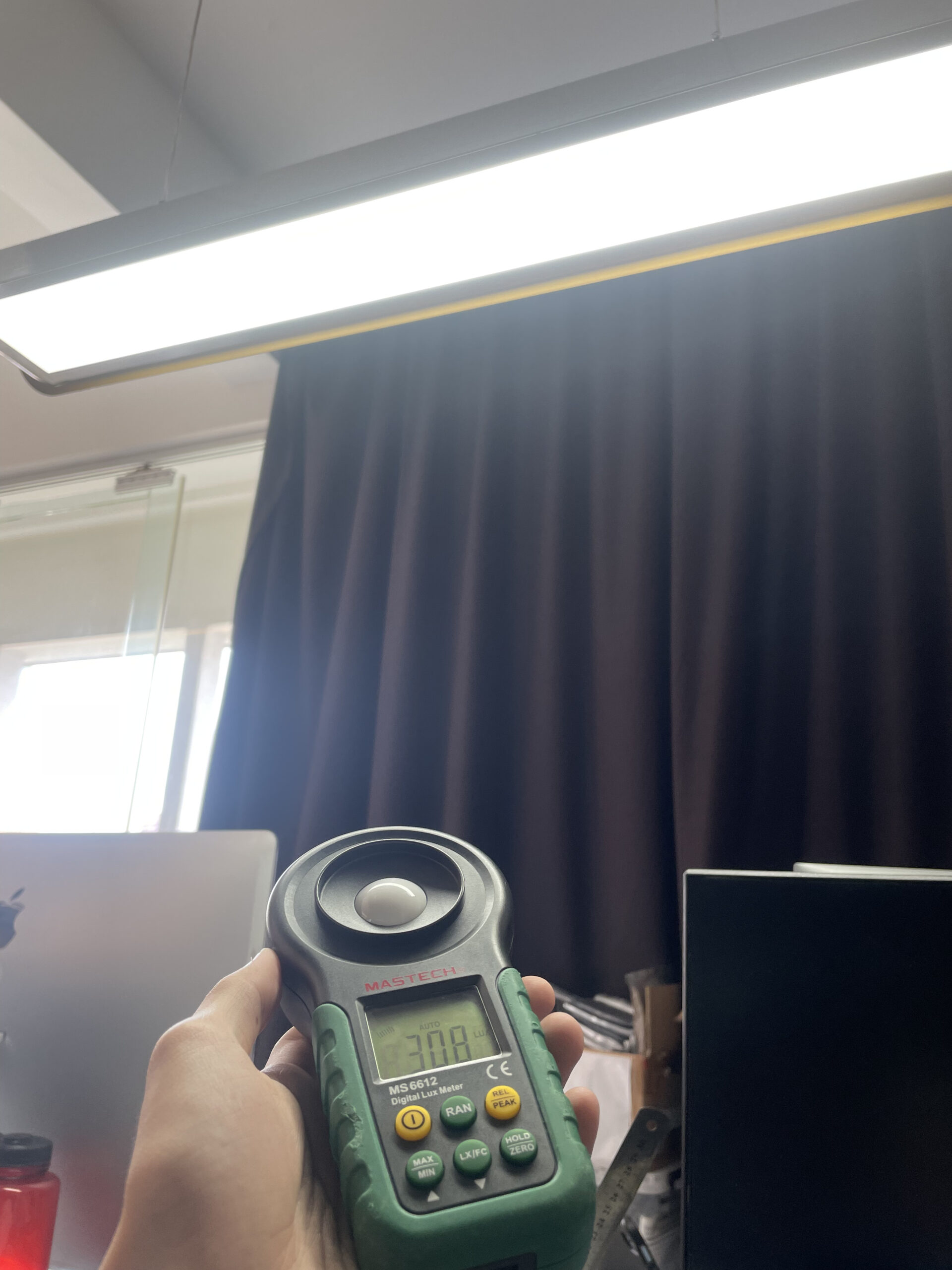Lighting plays a crucial role in our daily lives, impacting our mood, productivity, and overall well-being. To ensure optimal lighting conditions, it is essential to measure the Lux intensity accurately. In this blog post, we will delve into the practical application of a Lux meter in real-world contexts, focusing specifically on meeting lighting standards in Singapore. Join me as I share my experience using a Lux meter to obtain precise readings and ensure compliance with lighting regulations.
Lux intensity refers to the amount of light falling on a surface per unit area, measured in Lux (lx). It is a fundamental metric used to evaluate lighting quality and determine if the illumination levels meet specific standards. Whether in residential spaces, workplaces, or public areas, achieving the appropriate Lux intensity ensures optimal visibility and promotes a comfortable environment for individuals.
To accurately measure Lux intensity, a reliable Lux meter is indispensable. When selecting a Lux meter, consider factors such as accuracy, measurement range, resolution, and ease of use. It is crucial to opt for a calibrated Lux meter with a traceable certification to ensure precise readings. In my quest to adhere to lighting standards in Singapore, I utilized a high-quality Lux meter and applied it to real-world scenarios. Here’s an overview of the process:
- Identifying Lighting Requirements: Familiarize yourself with the specific lighting standards and guidelines applicable to your setting. In Singapore, the Workplace Safety and Health (WSH) regulations, along with the Code of Practice on Lighting of Workplaces, provide comprehensive guidance on Lux intensity requirements for various environments.
- Establishing Measurement Points: Identify strategic locations within the area of interest where Lux readings need to be captured. Ensure they represent typical positions where individuals will be present.
- Calibrating the Lux Meter: Before taking measurements, it is crucial to calibrate the Lux meter according to the manufacturer’s instructions. Calibration helps maintain accuracy and ensures reliable Lux intensity readings.
- Taking Measurements: Position the Lux meter at the identified measurement points and record the readings. Pay attention to any potential factors that may influence the Lux intensity, such as natural lighting, shadows, or reflective surfaces.
- Validating Compliance: Compare the Lux intensity readings obtained with the prescribed lighting standards in Singapore. Evaluate whether the measurements meet or exceed the recommended Lux levels for the specific environment. Adjustments may be necessary if the readings fall outside the acceptable range.
Measuring Lux intensity with a Lux meter is a vital aspect of maintaining lighting standards in various settings. By applying a Lux meter to real-world contexts and adhering to prescribed guidelines, we can ensure the well-being and productivity of individuals while achieving compliance with regulations. As we continue to prioritize lighting quality and the comfort of occupants, the use of accurate Lux meters becomes an essential tool in the pursuit.

